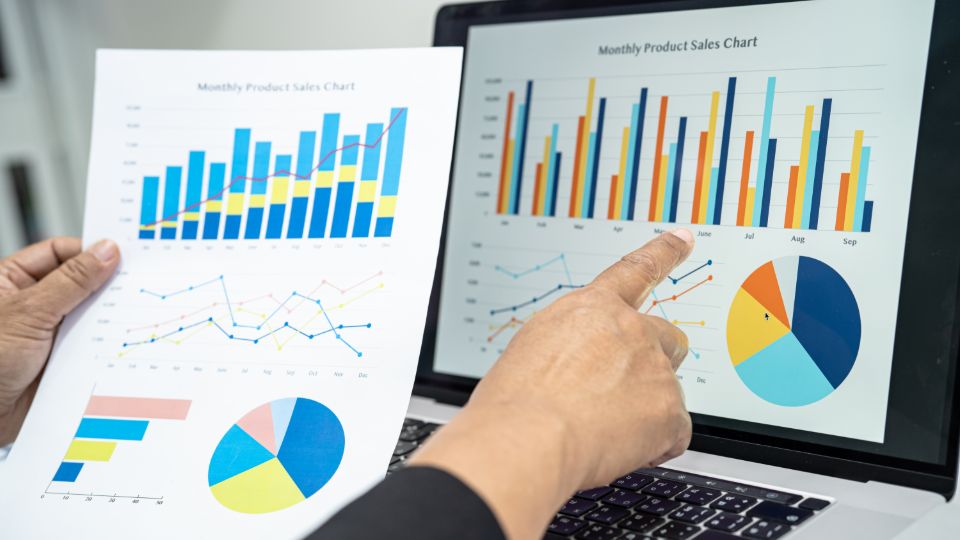How to Track and Report Business Sales Revenue
Tracking and reporting sales revenue is crucial for businesses to evaluate performance, make informed decisions, and develop growth strategies. Knowing where your revenue originates allows you to optimize your sales efforts and forecast future growth effectively. This article explores best practices for tracking and reporting business sales revenue.
Establish Clear Revenue Tracking Systems
Before tracking sales revenue, establish a solid system to capture sales data. Utilize reliable accounting or customer relationship management (CRM) tools that record all transactions seamlessly. Tools like Salesforce, QuickBooks, and Vabro offer integrated solutions to manage and track sales data. These platforms allow businesses to input real-time sales information, minimizing the risk of errors or omissions.
Define Revenue Metrics and KPIs
To track revenue effectively, define specific metrics and Key Performance Indicators (KPIs) that align with your business objectives. Common metrics include:
- Total Revenue: The total income generated from sales during a specific period.
- Revenue by Product/Service: Identifying which products or services contribute the most to overall sales.
- Average Revenue Per User (ARPU): Measures the revenue generated per customer.
- Revenue Growth Rate: Tracks the percentage change in revenue over time, highlighting growth trends.
Set Up a Sales Reporting Framework
Regular sales reports are essential for analyzing sales performance. Depending on the complexity of your business, generate reports daily, weekly, or monthly. Your sales reports should include:
- Sales Revenue: The total income generated during the reporting period.
- Sales Channels: Break down revenue by sales channels (e.g., online, retail, B2B).
- Sales Team Performance: Assess individual sales reps’ performance to identify top performers and areas for improvement.
Tools like Vabro allow users to automate and customize reports to meet specific business needs
Analyze Sales Trends
Once you’ve collected revenue data, analyze trends to identify patterns and changes in sales performance. Compare sales data across multiple periods to spot growth, decline, or seasonal fluctuations. Look for patterns during promotional campaigns or shifts in consumer demand. Tools like Google Analytics and CRM systems often provide visual dashboards that help you visualize and analyze sales trends more effectively.
Forecast Future Revenue
Accurate revenue forecasting is essential for long-term planning. By reviewing historical sales data and trends, you can project future performance. This helps set realistic growth targets, allocate resources, and plan for expansion. Integrating predictive analytics into your CRM or accounting tool provides deeper insights into expected sales and revenue.
Conclusion
Tracking and reporting sales revenue is critical for business success. Implement a clear revenue tracking system, define relevant KPIs, and generate detailed reports to analyze sales performance. Regular analysis and accurate forecasting will enable your business to stay on track and achieve growth goals.
